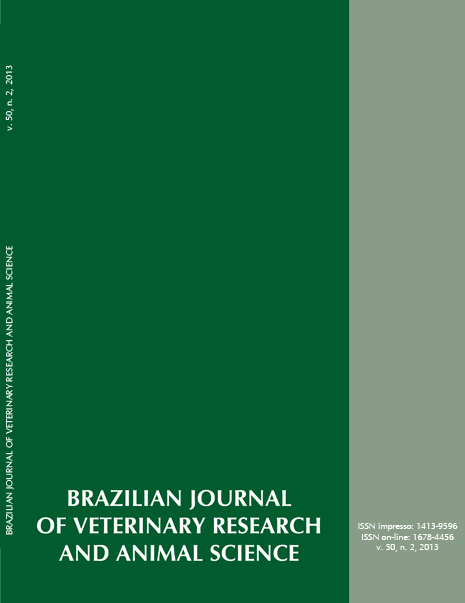Molecular epidemiology of Listeria monocytogenes isolated from different sources in Brazil
DOI:
https://doi.org/10.11606/issn.2318-3659.v50i2p136-144Keywords:
Listeria monocytogenes, Public health, ERIC-PCR, AFLPAbstract
Listeria monocytogenes is an important foodborne pathogen that primarily affects pregnant women, neonates, the elderly and immune-compromised individuals, and it may cause abortion, septicemia, and meningitis. From the 13 capsular groups described, serotypes 4b, 1/2b and 1/2a are most closely related to human infection. For this reason, serotyping has limited value as an epidemiological tool; thus, improved discriminatory typing methods are required to enhance knowledge of L. monocytogenes contamination and infection. The aim of this study was to characterize the genetic diversity of L. monocytogenes isolates in the pork processing industry in Sao Paulo, Brazil and human infection isolates by ERICPCR and single enzyme AFLP. Serotypes 1/2c and 4b were frequent among isolates from pork and slaughterhouse/market environments, whereas serotypes 4b and 1/2a were observed among human isolates. ERIC-PCR and AFLP revealed 34 and 31 distinct profiles, respectively, which had tendencies of separation according to serogroup and isolate origin. The genetic profiles from slaughterhouse and market environments suggest the possibility of different sources of Listeria contamination in the environment, although in certain cases, continuous contamination caused by the persistence of clonal strains is also a possibility.
Downloads
Downloads
Published
Issue
Section
License
The journal content is authorized under the Creative Commons BY-NC-SA license (summary of the license: https://





